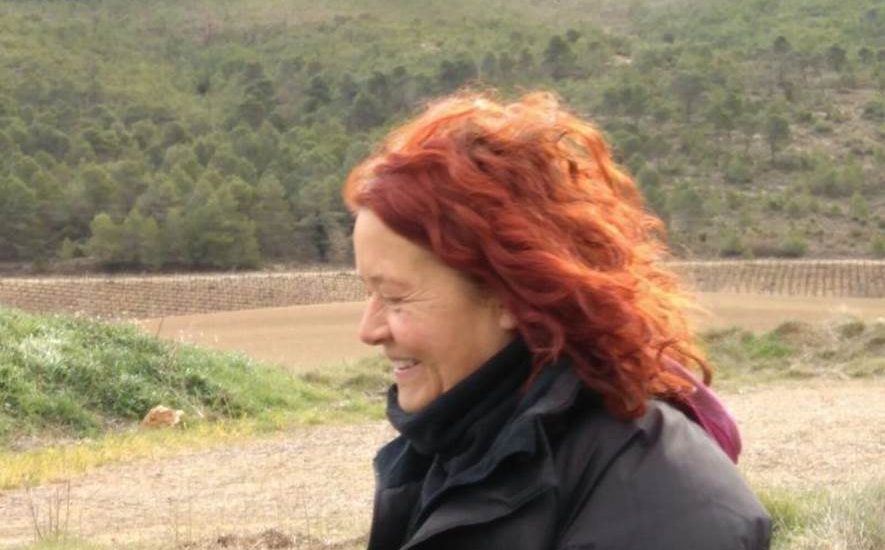The day when “women in Buddhism” is no longer a separate category of discussion, is perhaps the day when the tradition has reached true gender equality. That day is a long way off, and so we are left with using this skilful means (upaya) to highlight the progress and difficulties of women in the Buddhist world. From the so-called “Old World” of Spain to the diverse countries of Central and South America, women form the vanguard of innovative ideas in bringing Buddhist spirituality to an audience hungry for meaning and comfort. Often at the core of any family unit, and community interlocuters (though not often enough leaders), women find themselves best-placed to “acculturate” Buddhism – in this case, for Hispanophone practitioners. Montse Castellà Olivé is one such pioneer.
Every country and communities in said nations have different gender issues. In her interview with BDE, Entrevista a Montse Castellà Olivé, presidenta de Sakyadhita España, she highlights how women’s issues are multi-layered: to lobby for women to be ordained fully, or to urge women to assume leadership positions in Buddhist organizations and more broadly, is only part of the picture. There are cultural currents that must also be questioned in order to “un-learn” misogyny, sexism, and patriarchy. These are deeply embedded social malaises that will be resolved partially with increased and equal representation of women in positions of authority – but only partially.
“It is not just about ensuring that women can do the same things as men, but opening ourselves up to the possibility that just maybe women want to do things in a different way. In this regard, we are not speaking simply about men and women, but the values that are associated with that which is feminine and masculine. And I don’t mean culturally acquired attributes, but feminine and masculine traits that shape who we are as human beings,” Montse tells us. “This entails recognising that—for centuries—the values that have prevailed and that have been overvalued have always been those traits associated with what is masculine: competitiveness, reasoning, a fragmented vision of reality, and individualism. Consequently, everything related to that which is feminine has been undervalued: cooperation, intuition, an integrative or holistic vision, and a sense of community.”
Sakyadhita is one of the largest women’s advocacy groups in the world of Buddhism. Founded in 1987, it aims to highlight the many issues facing women in the Buddhist world. Topics can be timeless like the lack of representation in Theravada bodies of authority, but uncomfortable issues are not avoided, such as the sexual abuse committed by certain masters in the West.
Montse’s discussion with us, Interview with Montse Castellà Olivé, President of Sakyadhita Spain, was translated for BDG readers. Her article is also part of the BDE special issue, Edición especial: «Mujeres y budismo en los países de habla hispana». In this special issue, we explore the diverse and invaluable voices that come together to weave a unique tapestry of the female experience. From laywomen with families and careers to monastics that have renounced it all, Buddhist women form one half of the fourfold Sangha. Naturally, they should benefit from equal access to Buddhist institutions, but the sad truth is that this ideal has not always been realized throughout history, and even today women in Buddhism remain underrepresented and denied their rights and the respect they deserve.
Join us for an ongoing journey into women’s issues. There is much to discuss.

